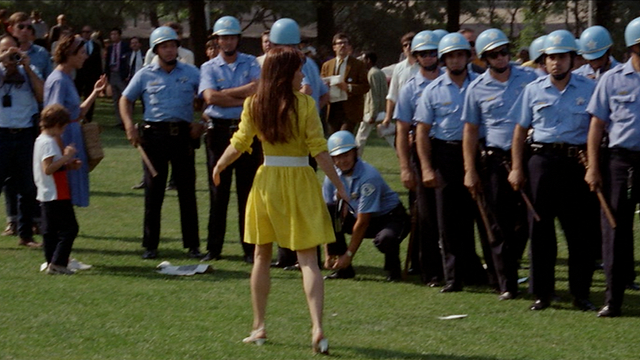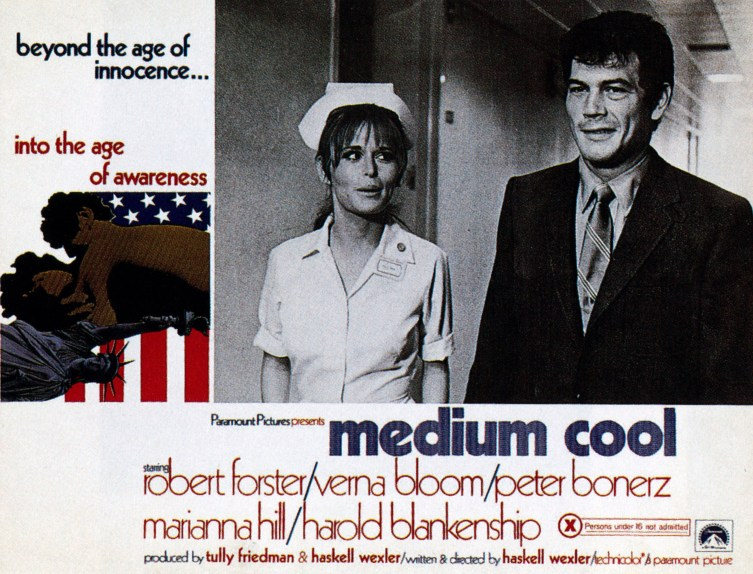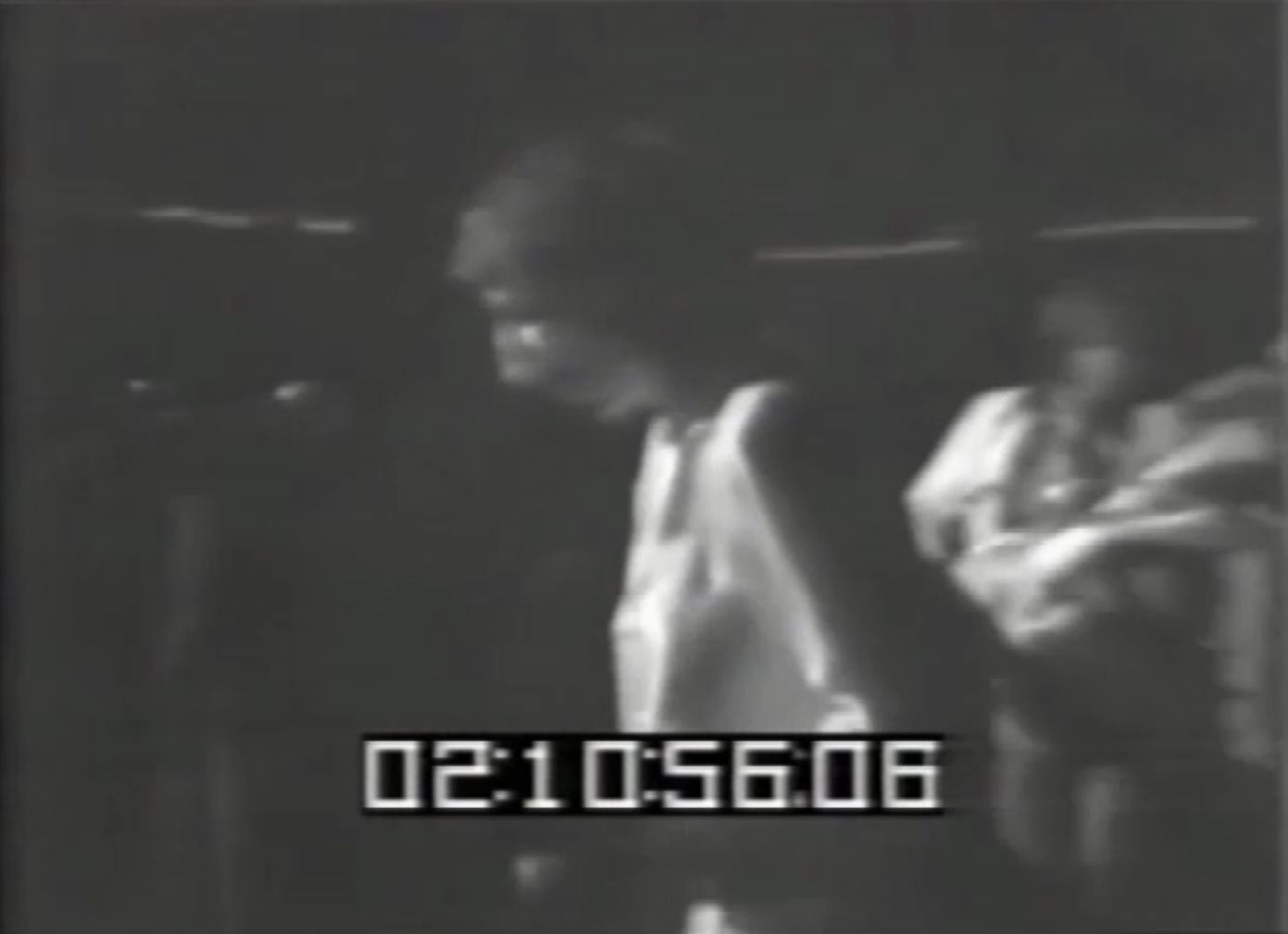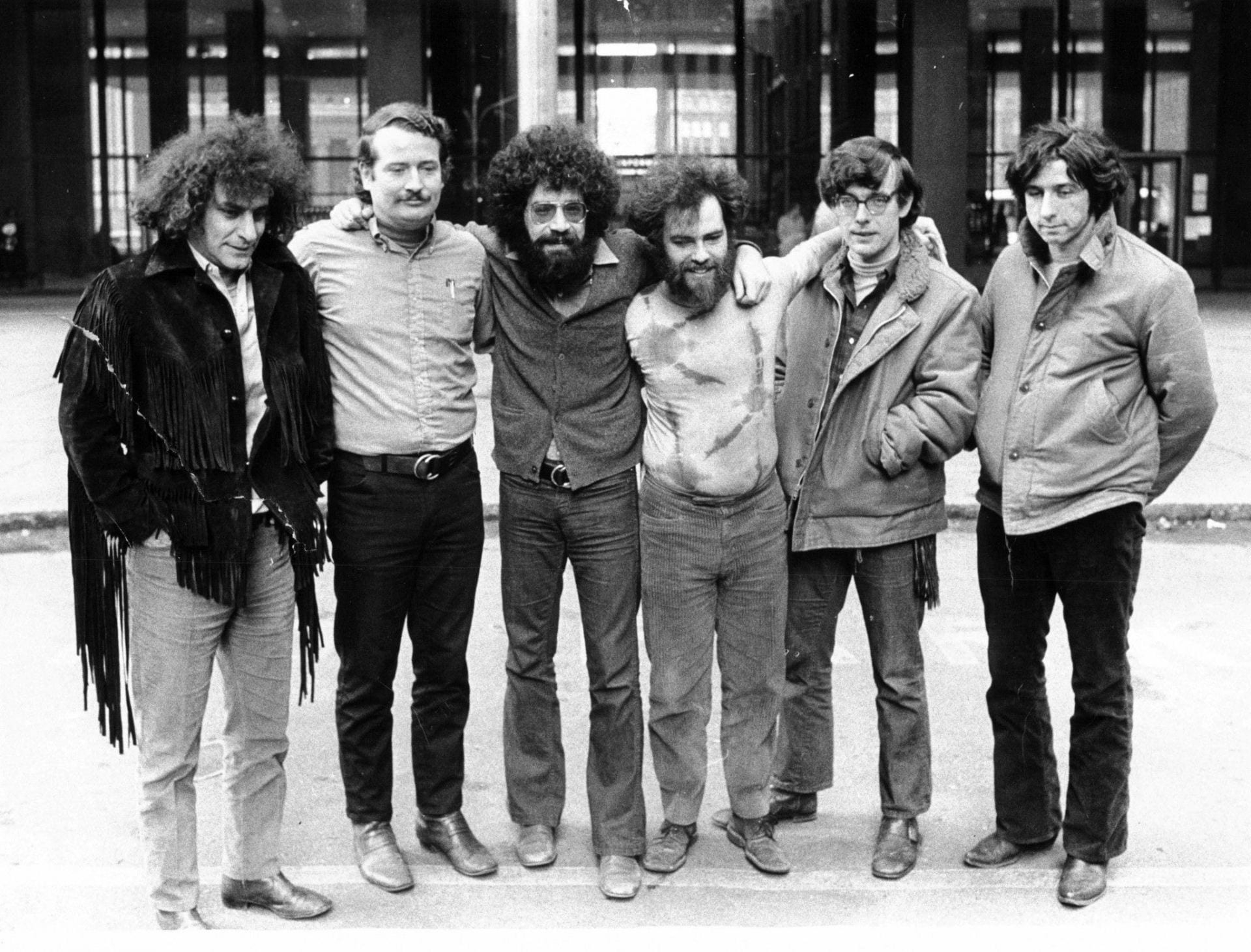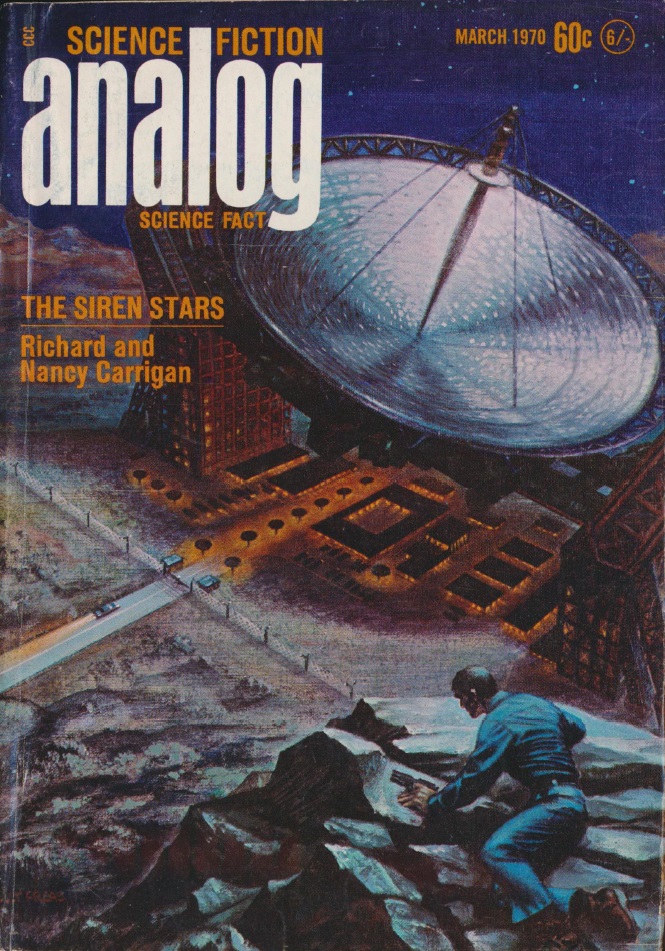
By Mx Kris Vyas-Myall
My area of the UK (considered either the Northern Home Counties or Southern Midlands depending on who you speak to) is not a particularly densely populated region. Even with commuter growth since the War, there are only two towns within 50 miles that contain over 100,000 people. This is all set to change with a new government plan.

Plan for new town (red dot is where I live)
The £700m plan for a new town has been approved. Called Milton Keynes (from a small village on part of the site) it is set to house 250,000 people before the end of the century and to be one of the biggest experiments in urban planning in British history.

Example housing estate plan
First off, the city is designed to appeal to both ends of the social spectrum. For the upwardly mobile it is designed with the car-driving homeowner in mind. As many as half of properties are to be for sale rather than rented and with a density of 10 people per acre, to ensure that the managerial class don’t feel squeezed in. Also, the road system is designed on a grid to ease congestion with places of employment spread throughout the city, to stop rush hour traffic.

Zoning masterplan. Yellow is residential, purple employment, red commercial, blue education, green is for parks
For those less well off, there will be wide walkways for the handicapped to travel on easily and the development of a “dial-a-bus” service, ensuring that a bus will pick you up only a short walk from your house in a short period of time.
I could spend an entire article and not get close to all the experimentation to take place in Milton Keynes. The city of the future is coming soon!
Back in the magazines though, things seem to be heading in the opposite direction, as Vision of Tomorrow takes a turn towards the past:
Vision of Tomorrow #7

Cover Illustration: Jupiter as seen from Callisto by David A. Hardy
Continue reading [March 18, 1970] Future Cities and Past Visions (Vision of Tomorrow #7)

![[March 18, 1970] Future Cities and Past Visions (<i>Vision of Tomorrow</i> #7)](https://galacticjourney.org/wp-content/uploads/2025/03/Vot-4-428x372.png)
![[March 16th, 1970] The Fatal Flaw (<i>Doctor Who</i>: Doctor Who And The Silurians)](https://galacticjourney.org/wp-content/uploads/2025/03/700316peaceinourtime-672x372.jpg)

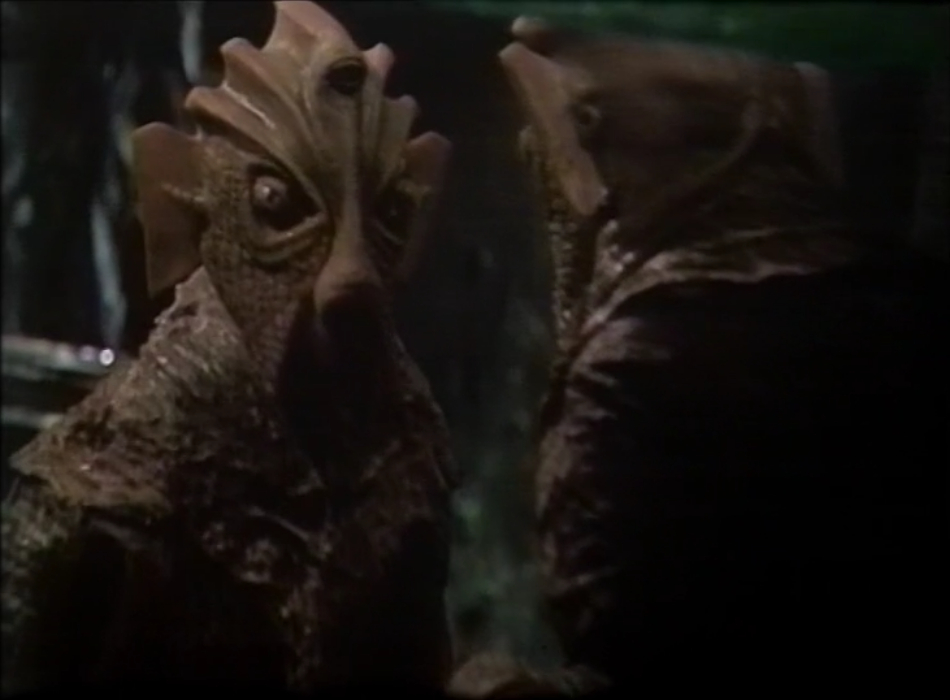
![[March 14, 1970] <i>To Venus</i> and <i>Hell's Gate</i>… are we <i>Out of Our Minds</i>?](https://galacticjourney.org/wp-content/uploads/2025/03/700314covers-672x372.jpg)

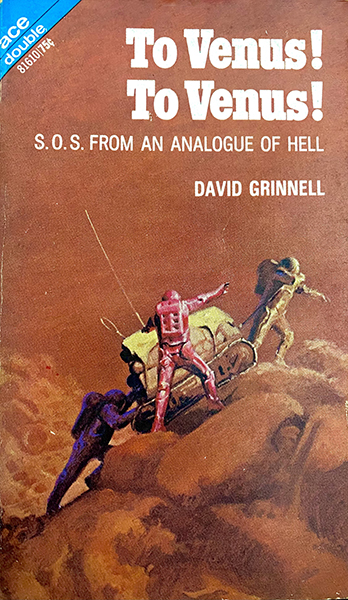
![[March 12, 1970] It’s A Dog’s Life (<i>Orbit 6</i>)](https://galacticjourney.org/wp-content/uploads/2025/03/Orbit-F-672x372.jpg)
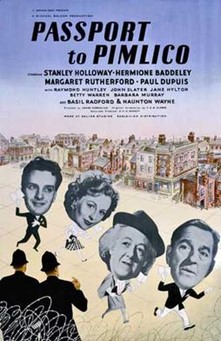

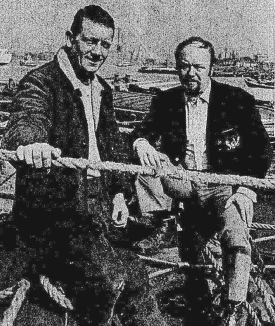


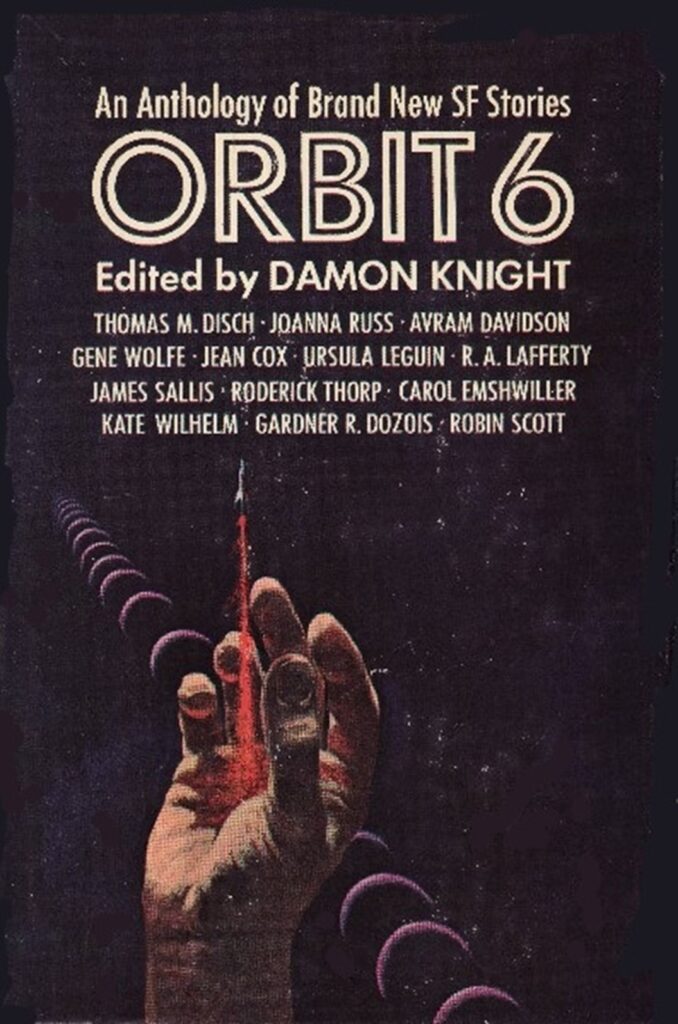
![[March 10, 1970] Baby, It's Cold (And Dark) Outside (April 1970 <i>Fantastic</i>)](https://galacticjourney.org/wp-content/uploads/2025/03/COVERSMALL-672x372.jpg)



![[March 8, 1970] They say that it's the institution… (April 1970 <i>Galaxy</i> and the incomplete Court)](https://galacticjourney.org/wp-content/uploads/2025/03/700308galaxycover-412x372.jpg)


![[March 6, 1970] <i>The Waters of Centaurus</i>, <i>And Chaos Died</i>, and <i>High Sorcery</i>](https://galacticjourney.org/wp-content/uploads/2025/03/700306covers-672x372.jpg)
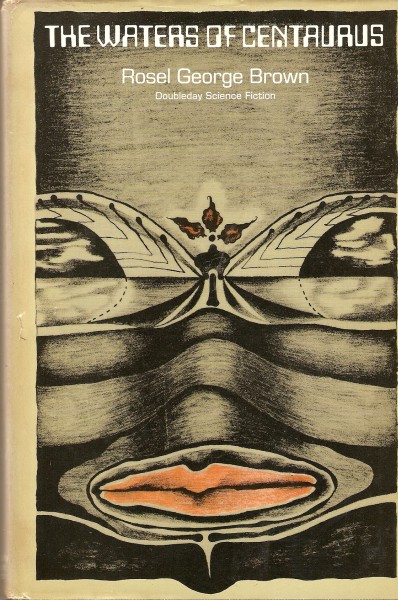

![[March 4, 1970] Harry's Heroes (<em>Nova 1</em>, edited by Harry Harrison)](https://galacticjourney.org/wp-content/uploads/2025/03/NVFCNDXTDF1970-421x372.jpg)
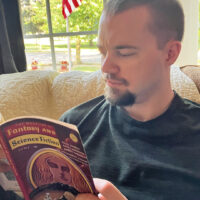
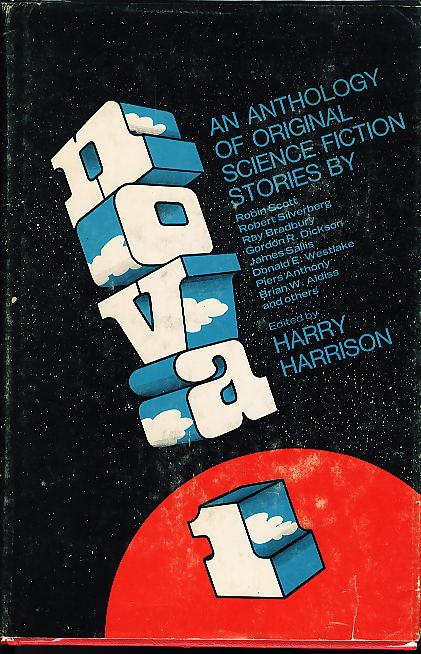
![[March 2, 1970] Par for the course (April 1970 <i>IF</i>)](https://galacticjourney.org/wp-content/uploads/2025/02/IF-1970-04-Cover-476x372.jpg)

 Wire photo of the aftermath.
Wire photo of the aftermath.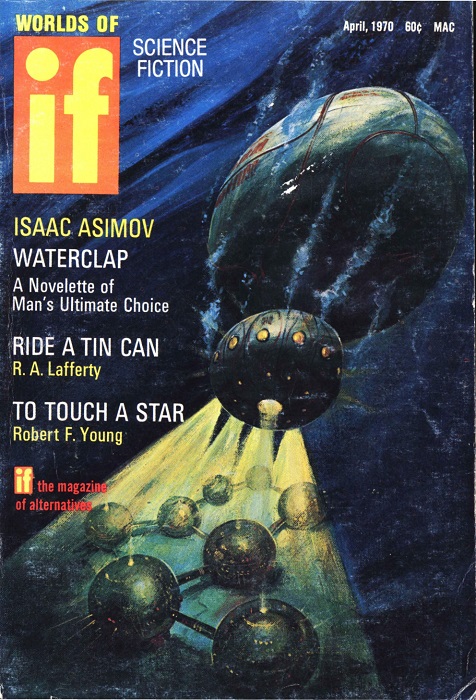 Arrival at Ocean-Deep. Art for “Waterclap” by Gaughan
Arrival at Ocean-Deep. Art for “Waterclap” by Gaughan![[February 28, 1970] Revolutionaries… (March 1970 <i>Analog</i>)](https://galacticjourney.org/wp-content/uploads/2025/02/700228analogcover-665x372.jpg)
